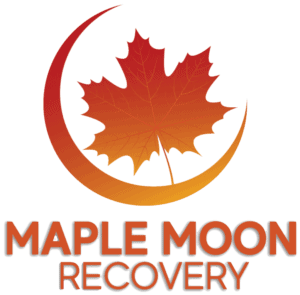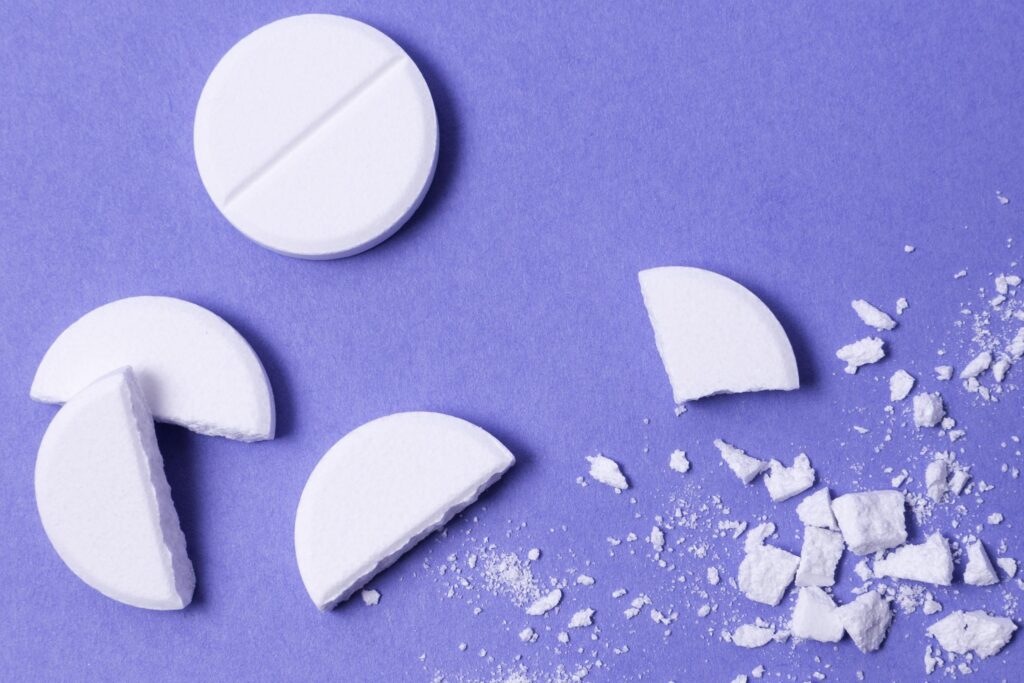(Meth) Desoxyn vs Adderall: An Alarming Breakdown

Key Points:
- Desoxyn vs Adderall are both stimulant medications prescribed for Attention Deficit Hyperactivity Disorder (ADHD) but differ significantly in their chemical structure and addiction potential.
- Desoxyn contains methamphetamine hydrochloride, while Adderall consists of mixed amphetamine salts; despite similarities, their risk profiles and effects can vary substantially.
- Methamphetamine (Desoxyn) poses a higher risk of addiction and abuse due to its potency and rapid action on the central nervous system.
- Adderall, although generally considered safer, also carries a significant risk for dependence and addiction when misused or abused.
- Recognizing signs of stimulant abuse, such as heightened agitation, sleep disruption, erratic behavior, and rapid physical deterioration, is crucial.
- Inpatient medically assisted rehabilitation offers the safest and most effective path to recovery from stimulant addiction.
Understanding Desoxyn and Adderall
What is Desoxyn?
Desoxyn is a prescription medication containing methamphetamine hydrochloride. It is FDA-approved for treating severe ADHD and sometimes used to manage obesity in patients unresponsive to other treatments [1]. Methamphetamine hydrochloride in Desoxyn directly stimulates the central nervous system (CNS), increasing neurotransmitter levels such as dopamine and norepinephrine, which significantly enhances focus and alertness but also leads to high abuse potential due to its euphoric effects [2].
What is Adderall?
Adderall is another CNS stimulant prescribed primarily to treat ADHD and narcolepsy. It contains a combination of amphetamine salts, including amphetamine and dextroamphetamine. Adderall similarly enhances neurotransmitter activity but generally has a slightly lower abuse potential compared to Desoxyn due to its chemical structure and slower release mechanism [3].
Chemical and Pharmacological Differences
Although both Desoxyn and Adderall are stimulants, they differ chemically and pharmacologically. Desoxyn is essentially pharmaceutical-grade methamphetamine, while Adderall consists of a mixture of amphetamine salts. Methamphetamine crosses the blood-brain barrier more quickly and has a more potent and immediate euphoric effect, significantly increasing its potential for abuse and addiction compared to Adderall [2][4].
Risk of Addiction and Abuse
Both medications carry risks of dependence and abuse, but methamphetamine-based Desoxyn presents a notably higher risk. Methamphetamine addiction occurs rapidly due to intense dopamine release and the rapid onset of euphoric effects. Long-term abuse can lead to severe neurological damage, cardiovascular issues, psychosis, and cognitive decline [4].
Adderall, although less addictive than methamphetamine, remains highly addictive when misused. Abuse often starts with increasing dosage without medical supervision, eventually leading to dependency. Long-term Adderall abuse can result in cardiovascular complications, psychological disorders, and severe withdrawal symptoms[3][5].
Recognizing Signs of Abuse
Early recognition of stimulant abuse is essential. Typical signs that someone may be abusing methamphetamine or amphetamines include:
- Rapid weight loss
- Dilated pupils and increased heart rate
- Hyperactivity and agitation
- Insomnia or irregular sleep patterns
- Behavioral changes, including paranoia, anxiety, and aggressive behavior
- Poor dental health (often referred to as “meth mouth”)
- Skin sores and acne
Observing these signs can help loved ones seek timely professional assistance [5].
The Importance of Medically Assisted Inpatient Rehabilitation
When dealing with stimulant addiction, medically assisted inpatient rehabilitation is considered the gold standard. Inpatient programs provide structured, supervised detoxification and therapeutic support essential for safely managing withdrawal symptoms, which can be severe and potentially life-threatening.
Medical professionals oversee detoxification to manage physical and psychological withdrawal symptoms effectively. After detox, comprehensive therapies such as cognitive-behavioral therapy, individual counseling, group therapy, and holistic approaches address the root causes of addiction, reduce relapse risk, and foster lasting recovery [6].
How Maple Moon Recovery Can Help
Maple Moon Recovery specializes in providing personalized inpatient treatment programs tailored specifically for those struggling with stimulant addiction, including Desoxyn and Adderall abuse. Maple Moon’s compassionate and professional staff create individualized recovery plans incorporating medical detox, therapy sessions, nutritional guidance, and holistic treatments.
At Maple Moon Recovery, the focus is on safe, medically supervised detoxification, effectively minimizing withdrawal discomfort and risks. The facility offers extensive psychological support to help clients rebuild their lives, fostering lasting recovery through evidence-based therapies and support systems.
By seeking professional help at Maple Moon Recovery, individuals struggling with stimulant addiction can safely regain control over their lives, achieving long-term recovery in a supportive, healing environment.
FAQs
1. Is Desoxyn essentially the same as street meth?
Desoxyn is pharmaceutical-grade methamphetamine hydrochloride, chemically similar to street meth. While legally prescribed, Desoxyn has similar addictive potentials and risks, making its abuse equally dangerous.
2. Can someone prescribed Adderall become addicted?
Yes. Adderall can be addictive, especially when misused or taken without medical supervision. Dependence can develop rapidly, leading to severe addiction.
3. How dangerous is withdrawal from methamphetamine or Adderall?
Withdrawal from methamphetamine or Adderall can be challenging, involving symptoms like extreme fatigue, depression, anxiety, cravings, and occasionally psychosis, emphasizing the necessity for medically supervised detoxification.
4. How can I recognize if someone is abusing stimulant medications like Desoxyn or Adderall?
Common signs include rapid weight loss, insomnia, increased anxiety or aggression, paranoia, dilated pupils, and significant behavioral changes.
5. Why is inpatient treatment recommended for stimulant addiction?
Inpatient treatment provides a structured, medically supervised environment crucial for safely managing severe withdrawal symptoms, minimizing relapse risks, and offering comprehensive support for sustainable recovery.
References:
[1] U.S. Food and Drug Administration. (2021). Medication Guide: Desoxyn. https://www.accessdata.fda.gov/drugsatfda_docs/label/2017/005378s033lbl.pdf
[2] National Institute on Drug Abuse (NIDA). (2022). Methamphetamine Drug Facts. https://nida.nih.gov/publications/drugfacts/methamphetamine
[3] Substance Abuse and Mental Health Services Administration (SAMHSA). (2022). Prescription Stimulants. https://www.samhsa.gov/find-help/addiction-substance-use-prescription-stimulants
[4] Centers for Disease Control and Prevention (CDC). (2023). Methamphetamine Use and Risks. https://www.cdc.gov/drugoverdose/deaths/methamphetamine/index.html
[5] National Institute on Drug Abuse. (2023). Prescription Stimulants Drug Facts. https://nida.nih.gov/publications/drugfacts/prescription-stimulants
[6] Substance Abuse and Mental Health Services Administration (SAMHSA). (2023). Treatment Approaches for Drug Addiction. https://www.samhsa.gov/treatment/substance-use-disorders
🩺 Professionally Reviewed by:

Share This Post



